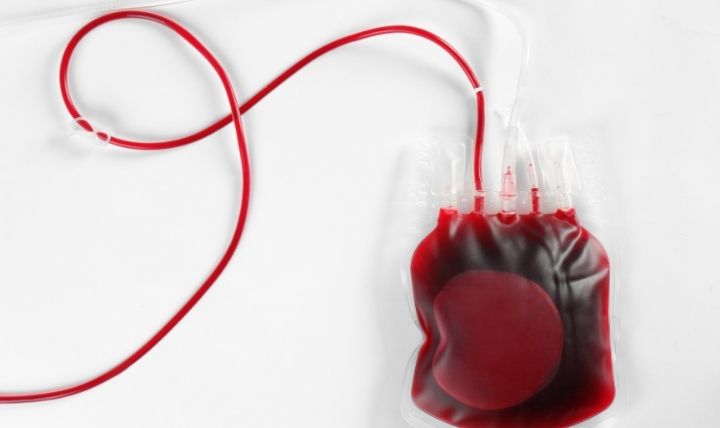
When it comes to banking your child’s stem cells, you might hear it discussed in shorthand as cord blood, not blood and tissue. While you can preserve blood, tissue, or both, not everyone understands what distinguishes them from each other. The difference between umbilical cord blood and tissue is that they each produce a different kind of stem cell.
The few minutes after your baby is delivered is a once-in-a-lifetime opportunity to gather resources from the umbilical cord. It connects your baby to the placenta—an organ your body developed to give your child a nutrient-rich start in life. Once your newborn takes their first breath, there’s no need for the placenta or cord. But there’s a way to save a few more resources from them.
The Benefits of Cord Blood
Doctors successfully performed the first umbilical cord blood transplant in 1988. It cured a 5-year-old boy, who had lived in a plastic bubble, of Fanconi anemia. The world then learned how valuable cord blood is. It’s a rich source of hematopoietic stem cells (or HSCs). Each of these cells is a pure, blank slate that can still evolve into whatever is needed: white blood cells, red blood cells, or platelets. Right now, doctors can treat more than 80 kinds of health conditions and diseases with stem cells from cord blood.
The Potential of Cord Tissue
Researchers are still exploring the countless possible cord tissue banking benefits. When we talk about cord tissue, we mean the actual material encasing the blood vessels. Wharton’s jelly insulates the cord blood, which boasts its own wealth of resources. Instead of HSCs, cord tissue produces mesenchymal stem cells (or MSCs). These can become bone, skin, cartilage, muscle, and fat cells.
The Reasons To Preserve Both
The key difference between umbilical cord blood and tissue is that they can save lives in different ways. Doctors already use the contents of cord blood to cure children of blood and immunity disorders like leukemia, lymphoma, and sickle cell anemia. Clinical trials are ongoing with even more possible applications for cord blood: autism, cerebral palsy, strokes, diabetes, and more.
And the contents of your baby’s umbilical cord tissue? Although there aren’t approved treatments for these MSCs yet, the promise they show is breathtaking. Research trials are testing them to treat Alzheimer’s disease, Parkinson’s disease, Lou Gehrig’s disease, multiple sclerosis, wounds, injuries, and even heart disease.
At New England Cord Blood Bank, we’re excited by what umbilical cord blood and tissue might one day mean for your family. If you’re interested in learning more about the process, contact us with your questions. There’s no greater investment than in the health of your child.